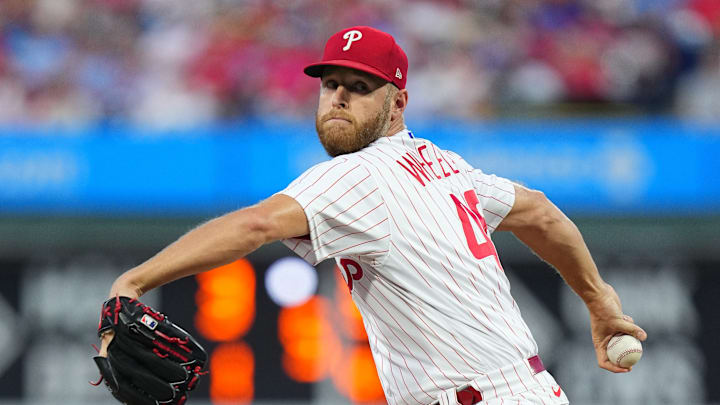It's easy to lose track of all the stats that are used to measure player and team performance these days in baseball. MLB has been at the forefront of adopting and popularizing plenty of metrics that go well beyond ERA and batting average.
On the pitching side, one stat frequently referenced is quality starts, which is an interesting stat picking up late and surprising steam since it differs from many of the modern advanced metrics.
A quality start is a remarkably simple and intuitive metric. When referenced as a cumulative stat (i.e. No. of quality starts) it's the total number of individual games a pitcher has that meet the standards of "quality" throughout a specific timeframe. Almost always, this stat is looked at over the timeframe of an individual season and compared to other pitchers for context.
So, what are those qualifications that make a start for a pitcher a quality one?
What is a quality start in baseball?
A quality start looks at the length of an individual start in terms of innings pitched and how many runs the pitcher earned.
A quality start consists of six innings pitcher (18 outs) with three or fewer earned runs. Generally, that's a substantial amount of innings and an overall low quantity of runs allowed.
Where did the term come from? MLB's website has some answers for us, which interestingly layers on two more pieces of vernacular that aren't as popular as "quality starts": "Tough losses" and "cheap wins":
"John Lowe, then a sportswriter for the Philadelphia Inquirer, coined the term in 1985 as a means to gauge whether a pitcher did his job. Lowe also created another wrinkle to go along with the stat. He called quality starts in which a pitcher got the loss 'tough losses.' And he called non-quality starts in which a pitcher earned the win 'cheap wins.'"
Quality starts has shades of traditional win-loss records for pitchers in that it accumulates throughout the year and is not a straight-up average like many pitcher stats are these days. Most teams don't care about win-loss records for pitchers because, as Lowe identified when he created this metric, a pitcher can get a win or a loss when it is seemingly undeserved.
The metric also doesn't penalize pitchers for low offensive run support as traditional win-loss does. It focuses in on only the things that the pitcher can directly control. So long as the pitcher earns fewer than three runs across a minimum of six innings, it's a quality start. It doesn't matter how tepid his offense is.
For instance, consider a starting pitcher who gives up one run in the first inning that is relieved after the sixth inning. His team loses 1-0. He would be given the loss (a 'tough loss' by Lowe's original specifications), but it would still count as a quality start.
The stat is also useful to use to help counter noise from stats that are prone to being destroyed by one or two very poor outings. For instance, Spencer Strider has had four games where he's given up five or more earned runs (including an 8-ER showing at one point). That puts him 18th in ERA as of this writing, but ninth when you organize qualified pitchers by quality start.
So, which stat is more important?
As with any stat, that depends and needs additional context and facts. Quality starts is just one of many important stats to know about.
